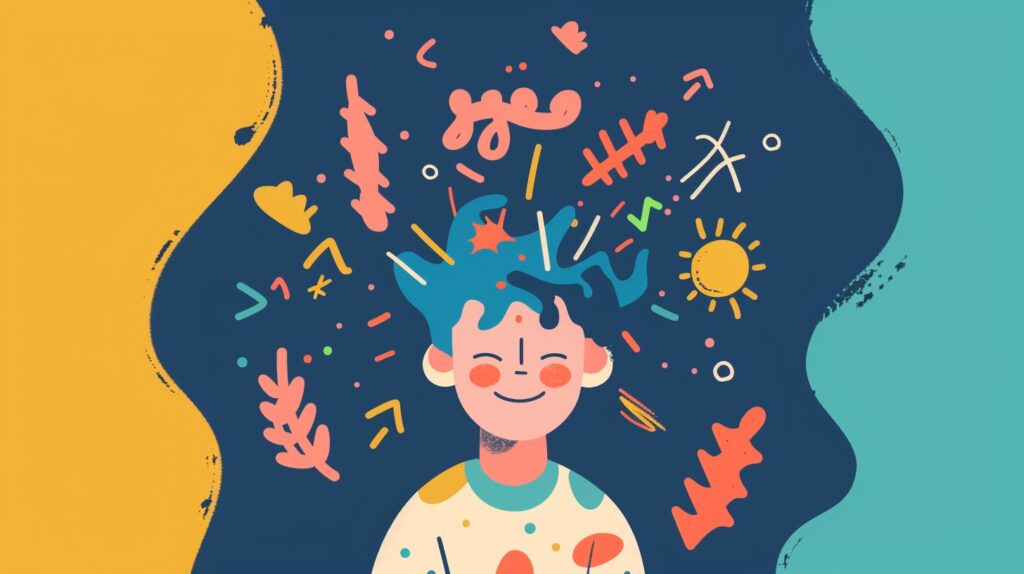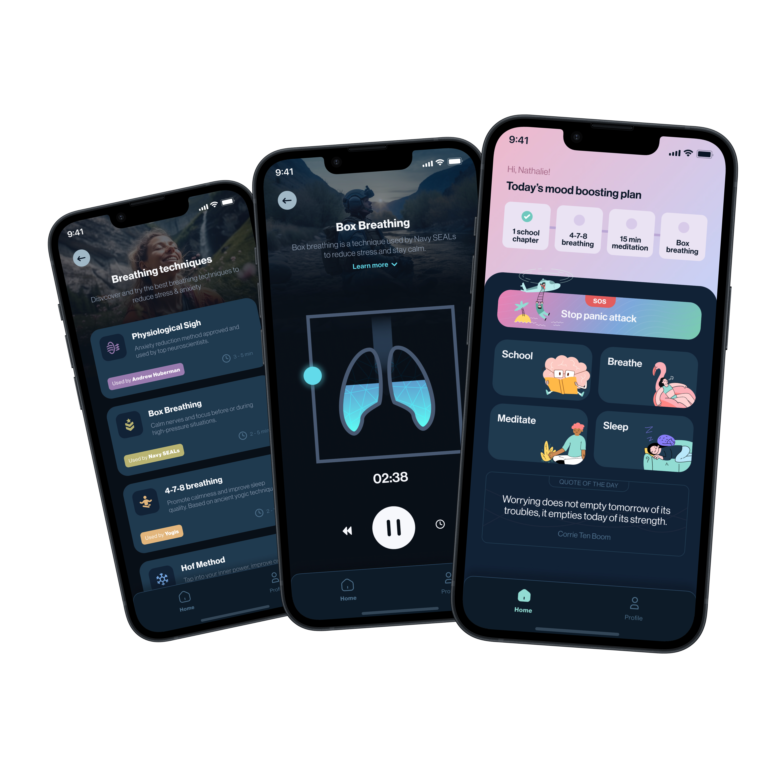Have you felt worried or anxious without knowing why? Do you know the feeling where you can’t really put the finger on what stresses you?
It’s called free-floating anxiety—a type of anxiety that doesn’t have a specific cause. You can experience free-floating anxiety even when you’re not worrying about anything specific.
Free-floating anxiety symptoms typically include:
- Nervousness or restlessness,
- Fatigue and a general feeling of being “on edge”,
- Irritability that affects personal and professional relationships,
- Difficulty concentrating, affecting performance at work or school,
- Various physical symptoms, such as increased heart rate and muscle tension.

This type of anxiety differs from other anxiety disorders because it appears without a clear cause. We don’t fully understand what causes free-floating worry, but it’s likely a mix of genetic, environmental, and psychological factors.
Cognitive-behavioral therapy, medication, lifestyle changes, and coping techniques are some of the most common ways to treat free-floating anxiety. It is very important for people to get professional help if their worries are getting in the way of their daily lives.
Potential Causes
Genetic and biological factors
Genes play a big role in how likely someone is to experience free-floating anxiety. People with a family background of anxiety are more likely to develop the disorder themselves.

Anxiety disorders may also be caused by problems in the brain’s chemical processes, especially in the way neurotransmitters are controlled.
Environmental and lifestyle factors
The place where a person lives can affect their free-floating anxiety. Long-term exposure to stressful events or relationship problems can make this condition worse, as can making choices in your life that make you feel more stressed.
In fact, everyday environmental cues may make people more stressed because they make them more likely to feel anxious.
Traumatic events
Unfortunately, traumatic events and bad things that happen as a child or later in life can make free-floating worry worse.
Abuse or trauma in the past can have long-lasting effects that can change how a person reacts to stress and danger, which can make them more likely to develop generalized anxiety disorder (GAD).
Diagnosis and Treatments
When doctors diagnose free-floating anxiety, they usually look at the symptoms and may offer a mix of medications, therapy, and other treatments to help the person deal with the condition well.
The DSM-5 doesn’t list free-floating anxiety as a separate disease, so a doctor may classify it as a part of generalized anxiety disorder (GAD).

A full psychological evaluation and a look at the person’s medical history are usually needed to make a diagnosis. As part of the evaluation, signs like persistent worry, restlessness, and trouble focusing may be observed.
Prescription drugs
Medicines are an important part of treating anxiety issues.For quick relief, anti-anxiety drugs like benzodiazepines are sometimes recommended. But because they can lead to abuse, they are usually only suggested for short-term use.
As a long-term treatment choice, selective serotonin reuptake inhibitors (SSRIs) are also often used. These drugs change the amount of serotonin in the brain to keep mood stable.
Therapy and help for people

Cognitive behavioral treatment (CBT) is one of the best ways to help people with anxiety. It helps people recognize and change harmful ways of thinking and acting.
Exposure therapy and coaching to help you learn how to deal with problems are two other types of therapy. Therapy can help for a long time and give people the tools they need to deal with their worries.
Other methods
Other methods to deal with free-floating anxiety are practicing awareness, meditation, deep breathing, and progressive muscle relaxation.
Regular exercise is also good because it can lower the hormones that cause stress. A lot of people find that these natural methods, when used along with medical treatments, help their anxiety issues even more.


